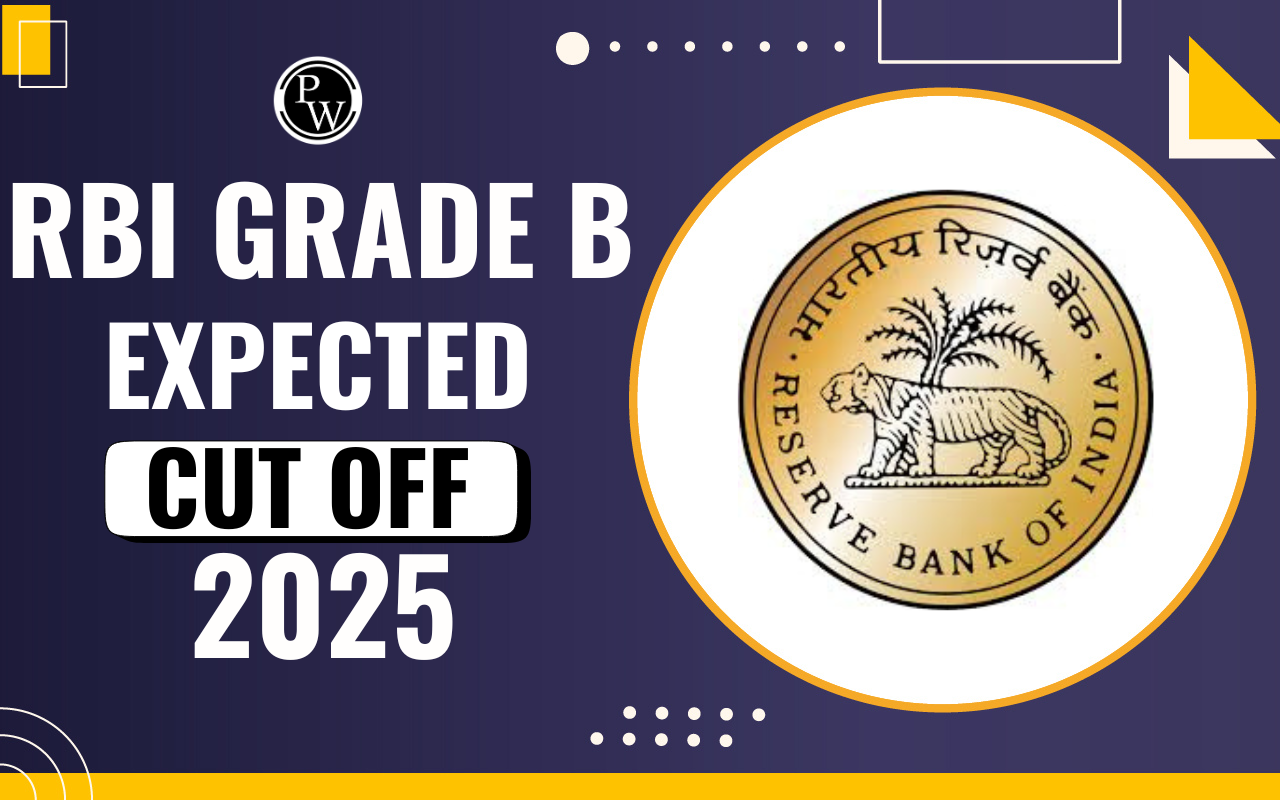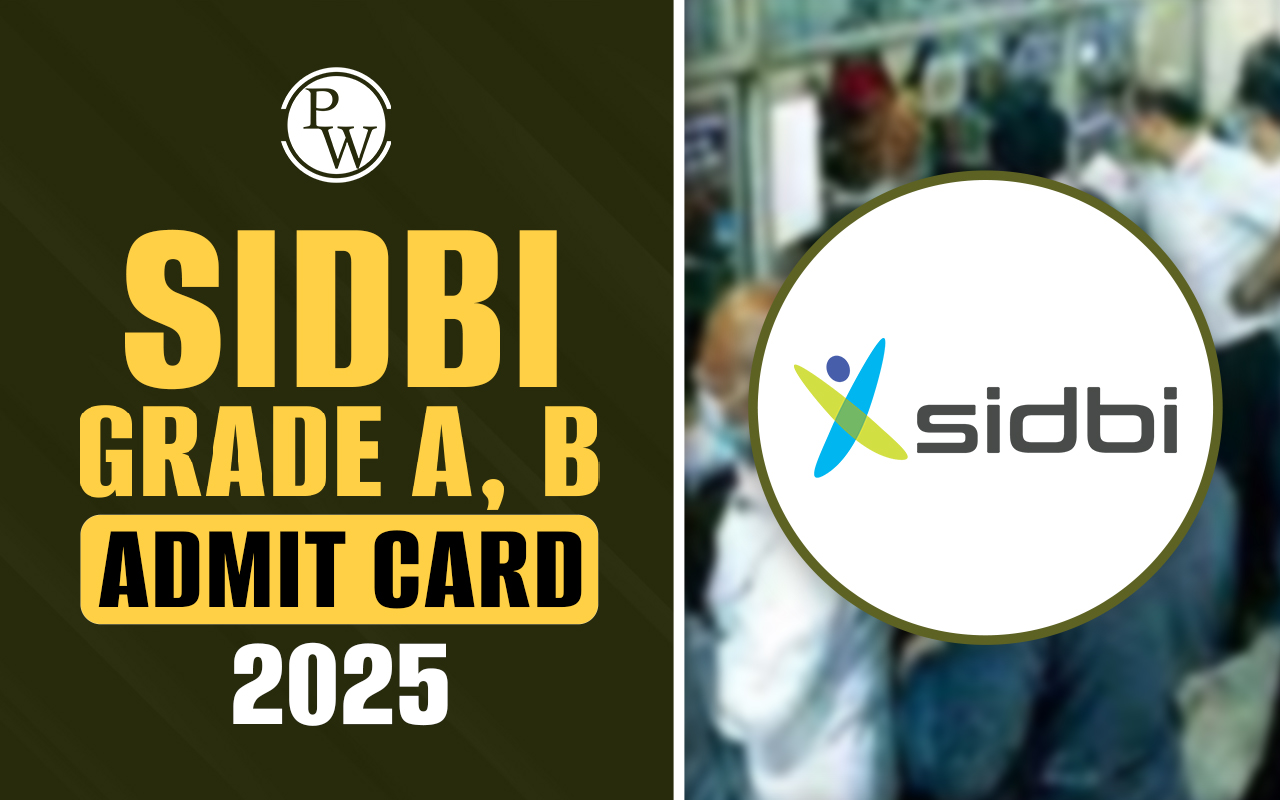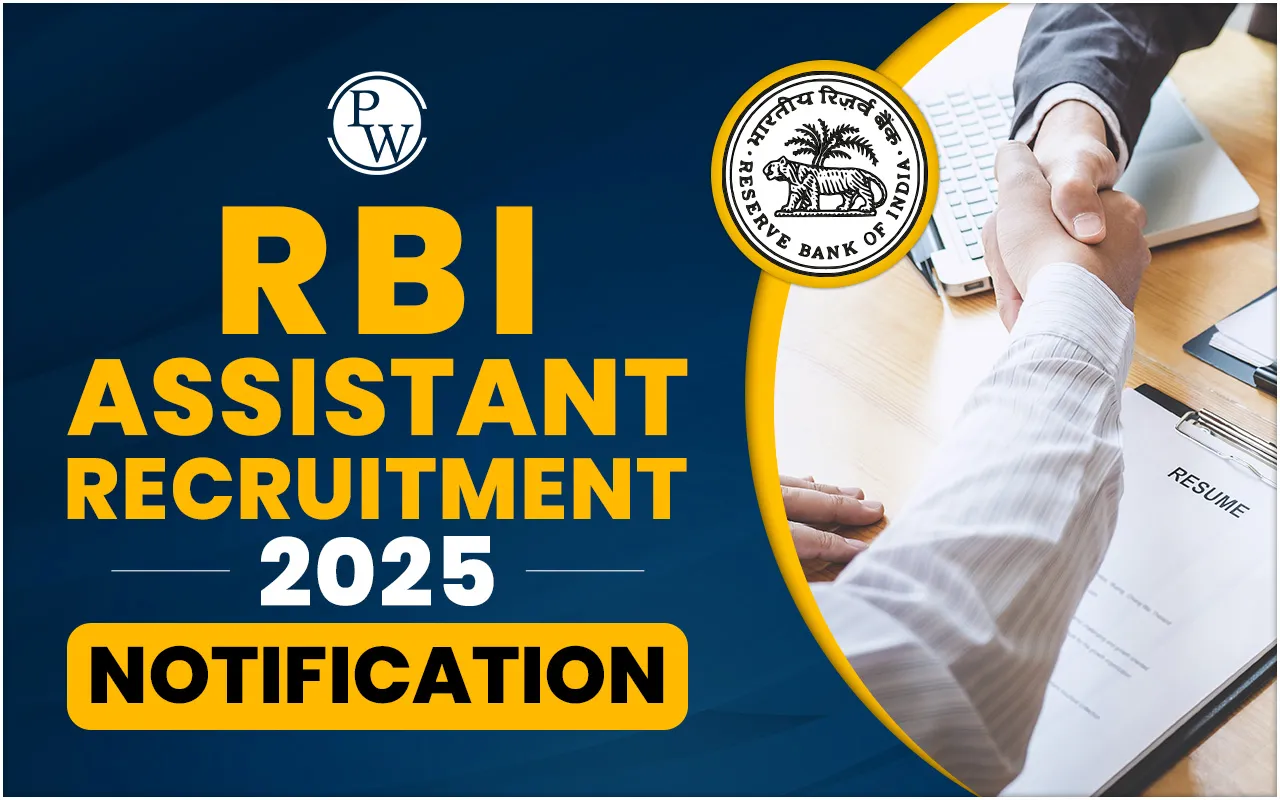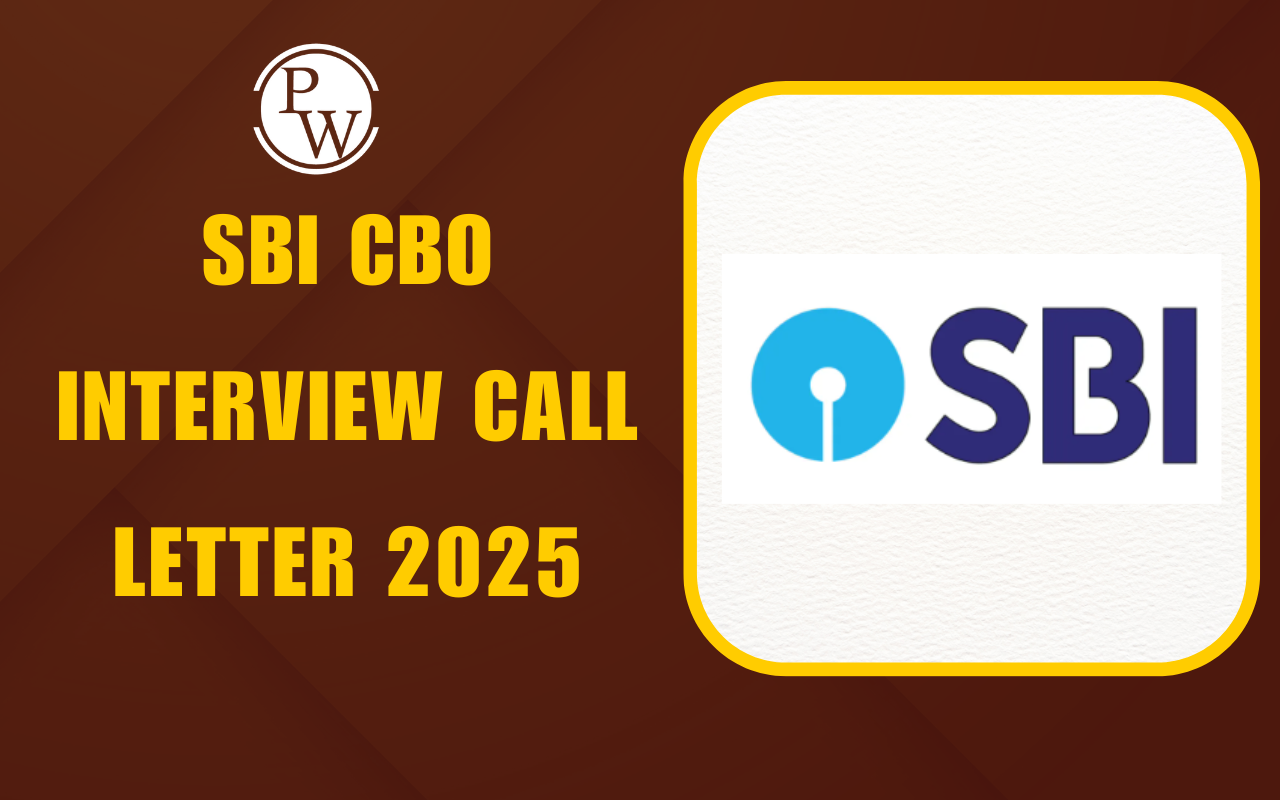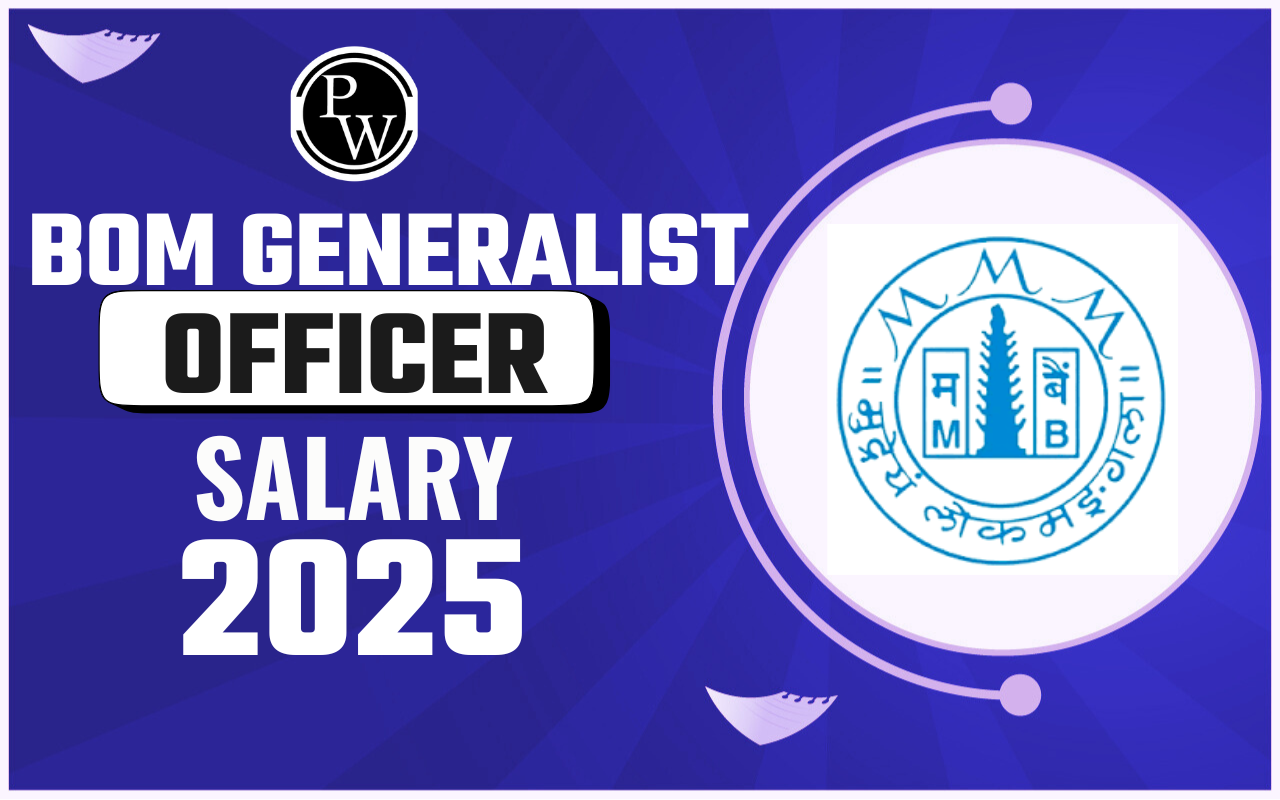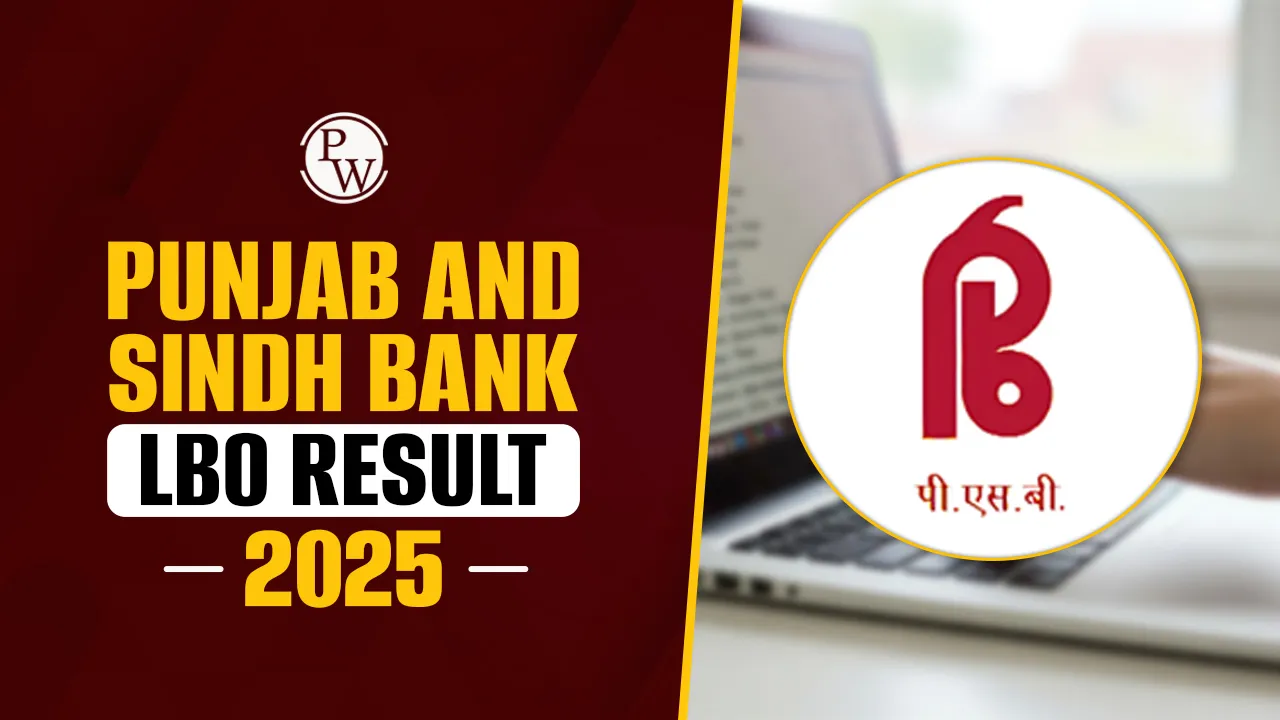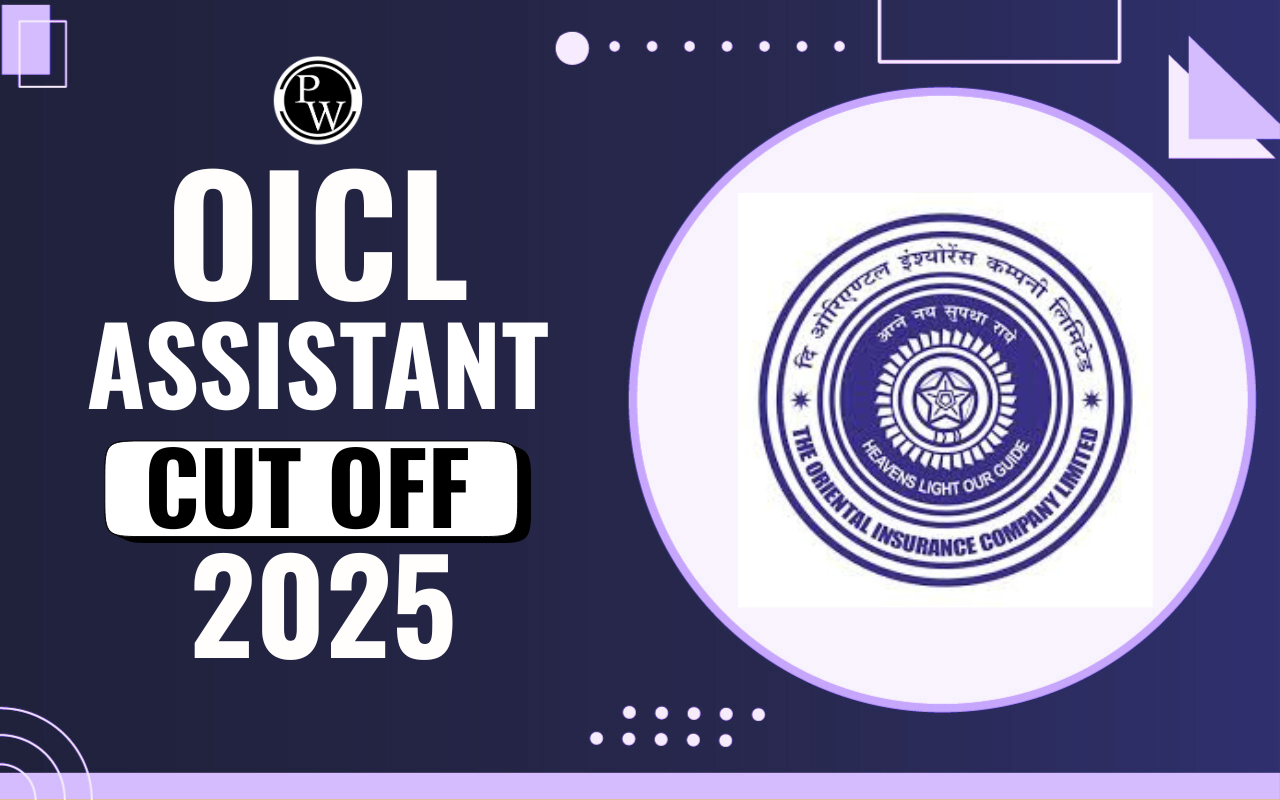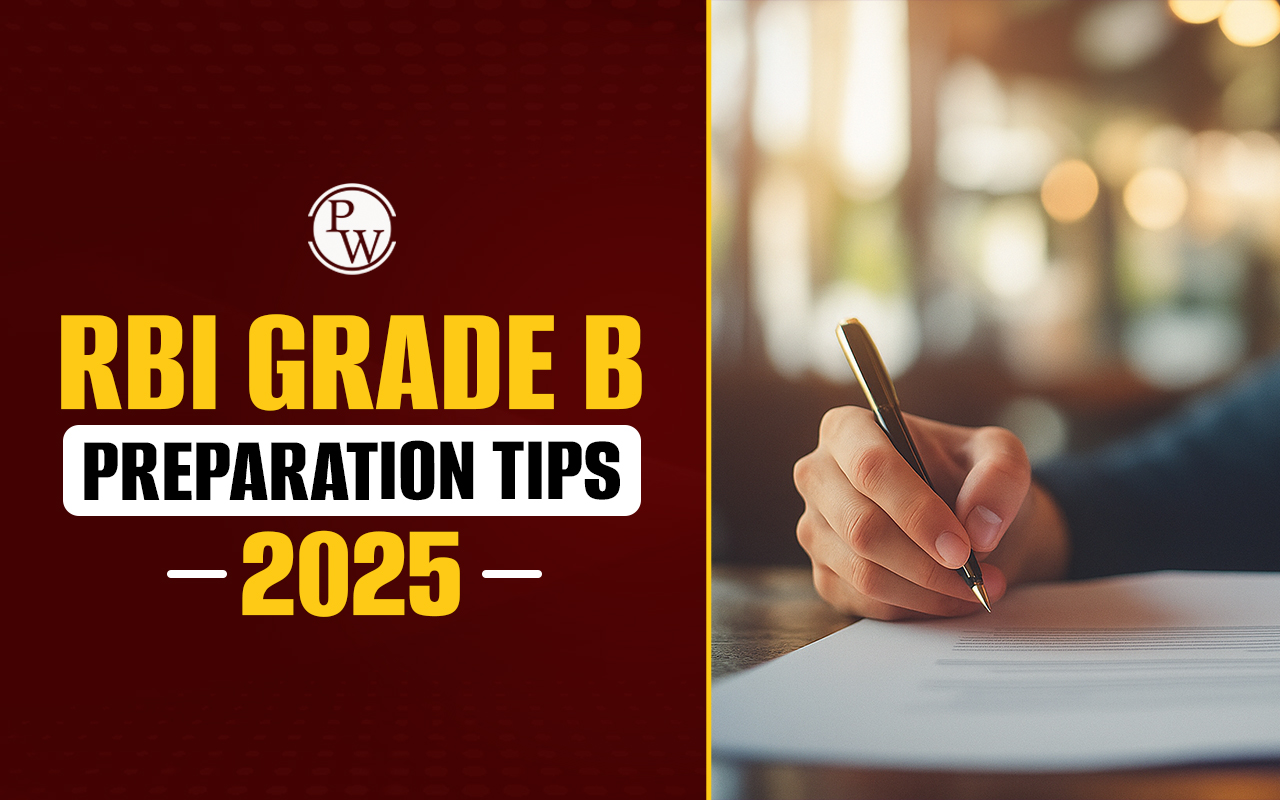
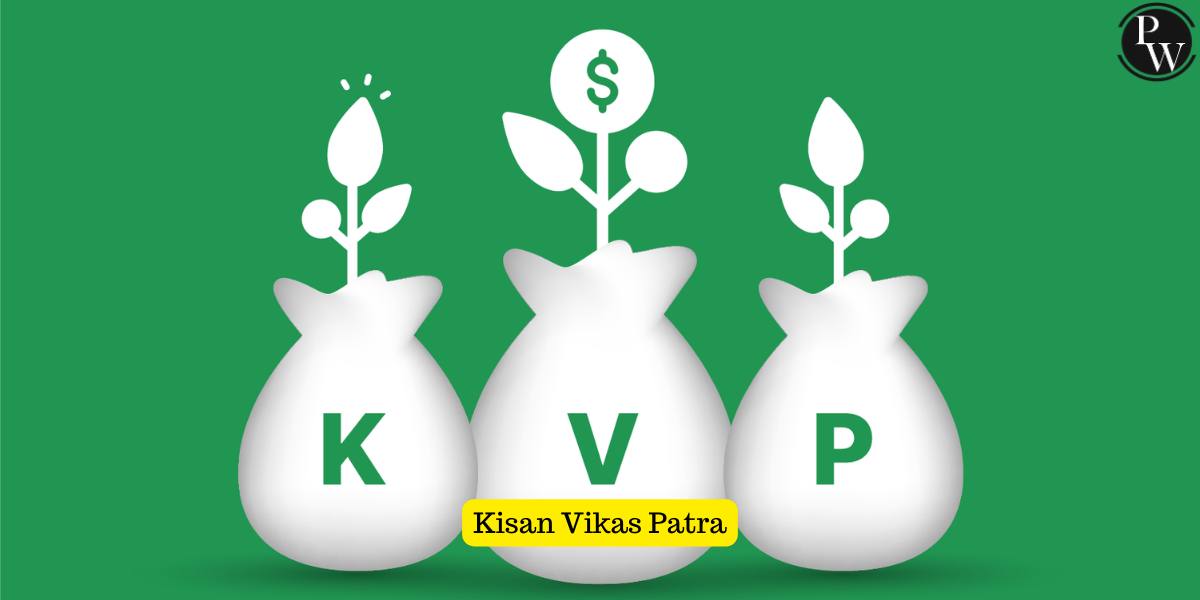
Kisan Vikas Patra
Kisan Vikas Patra (किसान विकास पत्र) is a government-backed investment certificate. The Kisan Vikas Patra (KVP) is like a piggy bank where you can save money for the long term. It started in 1988 to encourage people to save a little money regularly. India Post introduced it as part of the Ministry of Finance when Rajiv Gandhi was the Prime Minister.
It's like a savings plan where you invest money, and after a set time (currently 115 months), your investment doubles. You can buy KVP certificates from certain public sector banks and India Post Offices.
Even though many people liked it, in 2011, a group led by Shyamala Gopinath said that some people were using KVP for illegal stuff like money laundering. So, they stopped the scheme in 2011. But, they made it better and brought it back in 2014. Now, it has some improvements to make it safer and more useful for everyone.
What is Kisan Vikas Patra Scheme?
Kisan Vikas Patra, introduced by India Post in 1988, is a small saving certificate scheme aimed at fostering long-term financial discipline. The scheme's tenure has been updated to 115 months (9 years and 5 months).
With a minimum investment of Rs.1,000 and no upper limit, investors stand to double their invested amount at the end of the 115th month. Initially designed for farmers to promote long-term savings, the scheme is now open to everyone.
In 2014, the government implemented measures to curb money laundering, requiring PAN card proof for investments exceeding Rs.50,000. For deposits of Rs.10 lakh and above, income proofs such as salary slips, bank statements, and ITR documents are necessary.
As a low-risk savings platform, Kisan Vikas Patra provides a secure avenue to park funds for a specific duration. Additionally, submission of the Aadhaar number is mandatory for identity verification of the account holder.
Kisan Vikas Patra Scheme Highlights
Interest Rate: 7.5% (grows each year)
Tenure: 115 months
Investment Amount:
- Least: Rs. 1,000
- No maximum limit
Tax Benefits: Get tax benefits up to Rs. 1.5 Lakh under Section 80C of the Income Tax Act, 1961.
Kisan Vikas Patra Scheme Background
In 1988, Kisan Vikas Patra (KVP) was started to help out poor families in rural areas who didn't have easy access to banks. In Hindi, Kisan means farmers, Vikas means development, and Patra means certificate. They named it Kisan Vikas Patra because it was meant for farmers to save money, but now anyone can use it.
It doesn't matter if you live in the city or the countryside – everyone can join in. The main idea was to get people to save money for a long time. At first, it worked well, but in 2011, some people thought it might be used for shady stuff like money laundering, so they stopped it.
Then, in 2014, the Finance Minister, Late Arun Jaitley, brought it back because people really wanted it and to help folks save more. So, starting from November 18, 2014, they started it up again.
Types of Kisan Vikas Patra Accounts
There are three types of Kisan Vikas Patra accounts:
-
Single Holder Type A Account:
- This type of account issues a certificate to an adult. An adult can also get a certificate on behalf of a minor, and in this case, the certificate is issued in the minor's name.
-
Joint A Type Account:
- In this type of account, a certificate is issued in the names of two individuals, both of whom are adults. At maturity, both account holders would receive the payout. However, if one account holder passes away, only the surviving account holder would be entitled to receive the payout.
-
Joint B Type Account:
- This account issues a certificate in the names of two adult individuals. Unlike Joint A Type accounts, on maturity, either of the two account holders or the survivor can receive the payout.
Types of Kisan Vikas Patra Certificates
-
Single Holder Certificate:
- Issued to an individual adult or on behalf of a minor.
-
Joint A Certificate:
- Issued jointly to two adults.
- Payable to both individuals or the surviving holder(s) upon maturity.
-
Joint B Certificate:
- Issued jointly to two adults.
- Payment is made to either of the joint holders or the surviving holder(s) upon maturity.
Kisan Vikas Patra Scheme Benefits
Here are the benefits of the KVP Scheme explained:
- Guaranteed Returns: Your money in this scheme grows steadily, and it's not affected by ups and downs in the market. This feature encourages people to save more.
- Variable Interest Rates: The interest rate changes, and it depends on the year you invested. For the financial year 2023-2024, it's 7.5%. The interest you earn is added every year, giving you more returns.
- Investment Duration: You invest for 113 months, and after that, the scheme matures, giving you a lump sum. If you choose to withdraw later, your money keeps earning interest until you take it out.
- Flexible Deposits: You can start with just Rs. 1,000 and invest as much as you want. But it has to be in multiples of Rs. 1,000. Deposits over Rs. 50,000 need PAN details and can be done at a city’s head post office.
- Tax Benefits: No tax is deducted when you withdraw after maturity. However, this scheme doesn't offer tax deductions under Section 80C.
- Nomination Option: You can choose someone to receive the money if something happens to you. Just fill a form with the nominee's details. You can even choose a minor as your nominee.
- Loan Facility: You can take a loan against your investment. The KVP certificate works as collateral, and you can get a loan at a lower interest rate.
Kisan Vikas Patra Scheme Interest Rate 2023
The interest rate for Kisan Vikas Patra might change from time to time, depending on Finance Ministry announcements. As of Q3 FY 2023-24, the current interest rate is 7.5% per year, and this can double your investment in 115 months.
Features of Kisan Vikas Patra Scheme
The Post Office Kisan Vikas Patra scheme is a government-backed fixed return investment plan that guarantees secure returns. Key features of the Kisan Vikas Patra scheme include:
- Certificate Purchase Options: Available for purchase by a single adult, Joint A Account (up to 3 adults), Joint B Account (up to 3 adults), Minor above 10 years, and an adult or guardian on behalf of a minor or a person of unsound mind.
- Long-Term Savings: Minimum initial deposit of Rs. 1,000. Invest in multiples of Rs. 100 with no maximum limit. Certificates in denominations of Rs. 1,000, Rs. 5,000, Rs. 10,000, and Rs. 50,000. Allows investment for nearly 10 years, doubling the invested amount for long-term wealth creation.
- Complete Security: Government-backed instrument ensuring complete security and guaranteed returns. The maturity amount is pre-declared on the certificate, providing assurance on the investment.
- Purchase Locations: Certificates available at all India Post Offices. KVP application forms accessible online, at India Post Offices, and select banks.
- Collateral for Loan: Can be pledged or transferred as security for loans. Pledging allowed for specific entities such as the President of India, Governor of the State, RBI, Co-operative Societies, Co-operative Banks, Scheduled Banks, Corporations (public/private), Local Authorities, Government Companies, and Housing Finance Companies.
- Premature Withdrawal Facility: Premature encashment permitted after two and a half years (2 years and 6 months) under specific conditions, including death of the holder(s), forfeiture by a Gazette officer pledgee, or court-ordered withdrawal.
- Maturity Period: Maturity period subject to change based on Ministry of Finance rate adjustments. The maturity value is pre-printed on the issued certificate.
- Transfer Facility: Easy transfer from one Post Office/bank to another and from one person to another.
Who is eligible to invest in the KVP scheme?
Any Indian citizen aged 18 and above can purchase a Kisan Vikas Patra at their nearest post office. This scheme is particularly attractive to individuals in rural areas without bank accounts. Additionally, it is possible to acquire a KVP for a minor or through joint ownership with another adult. When purchasing for a minor, it's essential to provide the minor's date of birth and the name of the parent or guardian. While trusts can invest in KVP, Hindu Undivided Families (HUFs) and Non-Resident Indians (NRIs) are not eligible.
The KVP is a favorable option for risk-averse individuals with surplus funds that they may not need in the immediate future. The suitability of this investment depends on your risk tolerance and financial goals.
For those specifically seeking tax-saving options, alternatives like the Public Provident Fund, National Saving Certificates, and tax-saving bank FD schemes may be more suitable. Investors willing to embrace some level of risk might consider the Equity Linked Savings Scheme (ELSS). Therefore, it's crucial to align your investment choices with your financial strengths and objectives.
Eligibility Criteria for Kisan Vikas Patra
To invest in the Kisan Vikas Patra scheme, individuals must meet the following eligibility criteria:
- The applicant must be an adult resident of India.
- A parent/guardian is allowed to invest on behalf of a minor or a person of unsound mind.
Ineligible Entities
Hindu Undivided Families (HUFs) and Non-Resident Indians (NRIs) are not eligible to invest in Kisan Vikas Patra.
Kisan Vikas Patra FAQs
Is Kisan Vikas Patra a good investment?
Which is better KVP or PPF?
What are the disadvantages of KVP?
What is the Kisan Vikas Patra scheme?
What is 120 months in Kisan Vikas Patra?


